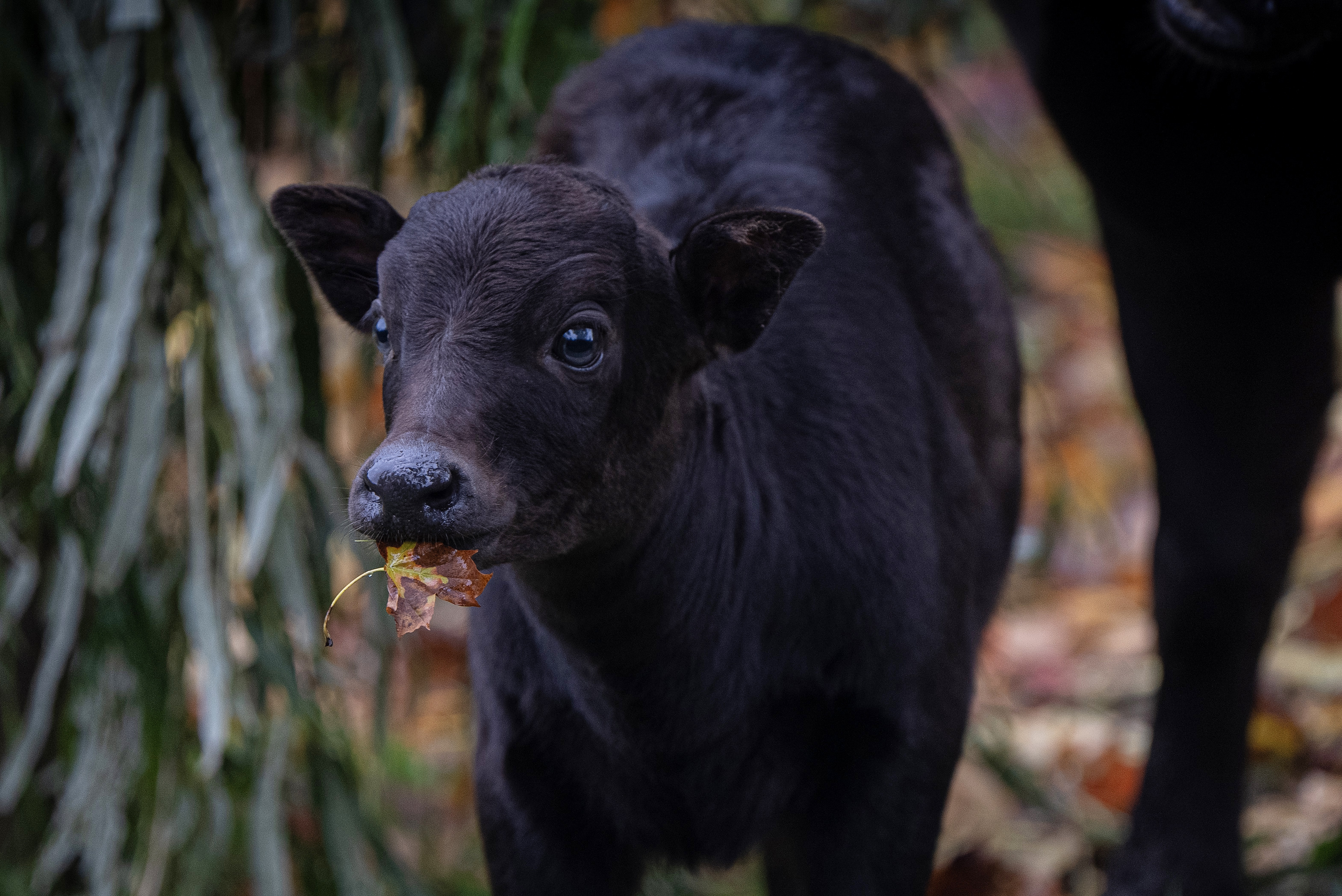Every now and then, we all need a little dose of something magical, and even better when that happens to be a world first. That’s the case with today’s treatment – the first-ever footage of an anoa, the world’s smallest type of wild cattle, giving birth.
The footage was captured at Chester Zoo, UK, and features Darcy, one of the zoo’s adult female lowland anoa, delivering a calf after a 10-month-long pregnancy. The new mum then gets busy cleaning the female calf up, before it begins to take its first steps – and then, a hard-earned meal of milk.
“Very few people, if any, will have ever seen an anoa give birth,” said Callum Garner, a Keeper at Chester Zoo, in a statement emailed to IFLScience. “Anoa are incredibly shy and elusive animals and so to be able to witness a calf being born and then see those magical first moments between mum and baby is very special indeed. We’re privileged to be able to share this remarkable footage with the world.”
In the weeks since its birth, the calf – which has been named Kasimbar – has ventured outside for the first time and can be seen in footage from the zoo exploring her new surroundings by means of a very adorable bout of the zoomies.
“Mum Darcy and her new baby, Kasimbar, are doing really well. Having spent the first few weeks of life bonding together in their den, the little one has now gained in confidence and is bursting with energy,” said Garner.

Image credit: © Chester Zoo
In the wild, anoa are rare and are listed as an endangered species on the IUCN Red List. Only an estimated 2,500 mature individuals remain on the Indonesian island of Sulawesi, the swamps and forests of which are the only places where wild anoa can be found.
Their population decline has come as a result of hunting, habitat loss, and human attitudes toward the species.
“Anoa are in real trouble in the wild, owing to them being largely misunderstood and having developed a reputation among local people in Sulawesi that leads them to being persecuted and targeted by farmers,” Garner explained. “Not only that, but their habitat is ever shrinking and they are hunted for their meat.”
As well as conservation organizations working with authorities and communities to protect anoa habitat and change how they’re viewed, it’s also hoped that having a video record of the species giving birth could provide information that will come in handy for future conservation breeding efforts.
More delightfully: small baby cows? We’re here for it.
Source Link: Watch First-Ever Footage Of World’s Smallest Type Of Wild Cattle Giving Birth